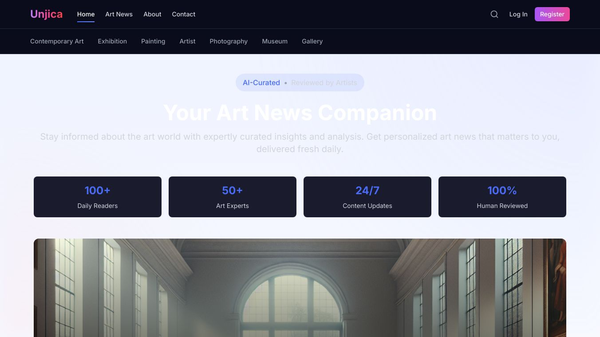Photochrome

Photochrome: A Glimpse into Early Color Photography
Photochrome is a unique and historically significant form of early color photography. Developed by Zurich-based Orel Fussli & Co. in 1889, photochromes were the first commercially available color photographs. These prints were created using a complex, patented process that involved laying down high-quality color inks on paper using multiple lithographic stones. Each print was then coated with a final varnish to give it a lustrous finish, adding depth and richness to the image.
Benefits
Photochromes offer several key advantages that make them a valuable addition to any collection or exhibition:
- Historical Significance: As the first commercially available color photographs, photochromes hold a special place in the history of photography. They provide a unique glimpse into life in the late 1800s and early 1900s.
- Aesthetic Appeal: The intricate process used to create photochromes resulted in prints that were not only colorful but also highly detailed and realistic. This made them highly sought after by collectors and enthusiasts.
- Rarity and Provenance: Due to the labor-intensive and expensive process involved in creating photochromes, very few survive in excellent condition. This makes them a rare and valuable addition to any collection.
Use Cases
Photochromes can be used in a variety of settings, including:
- Museums and Galleries: Photochromes are often displayed in museums and galleries due to their historical significance and aesthetic appeal. They provide a unique opportunity for visitors to experience the early days of color photography.
- Private Collections: Many private collectors also appreciate the beauty and rarity of photochromes. They are often sought after for their historical value and the insight they provide into the past.
- Educational Institutions: Universities and other educational institutions may also use photochromes as part of their collections. They can be used to teach students about the history of photography and the development of color photography.
Additional Information
Photochromes have been the subject of many recent publications and exhibitions. In January 2025, a major publication titled "British Isles 1900" was released by TASCHEN. Additionally, photochromes are part of the permanent collections of several prestigious institutions, including the Reina Sofia Museum in Spain, the Whitney Museum, Yale University, and the Library of Congress. They are also found in numerous private collections and over fifty public collections worldwide.
The process used to create photochromes was complex and required a significant amount of time, skill, and money. By the 1920s, the process was abandoned due to the great expense and logistical challenges it entailed. However, in recent years, there has been a renewed interest in photochromes, spurred by a growing enthusiasm for early photography.
The provenance of photochromes can be traced back to Orell Fussli & Co. in Zurich, Switzerland, or the Detroit Photographic Co. in North America. Many of these prints have been passed down through families and are now part of private collections. The archive of photochromes owned by Christopher G. Cardozo is one of the largest and broadest intact archives known to exist.






Comments
Please log in to post a comment.